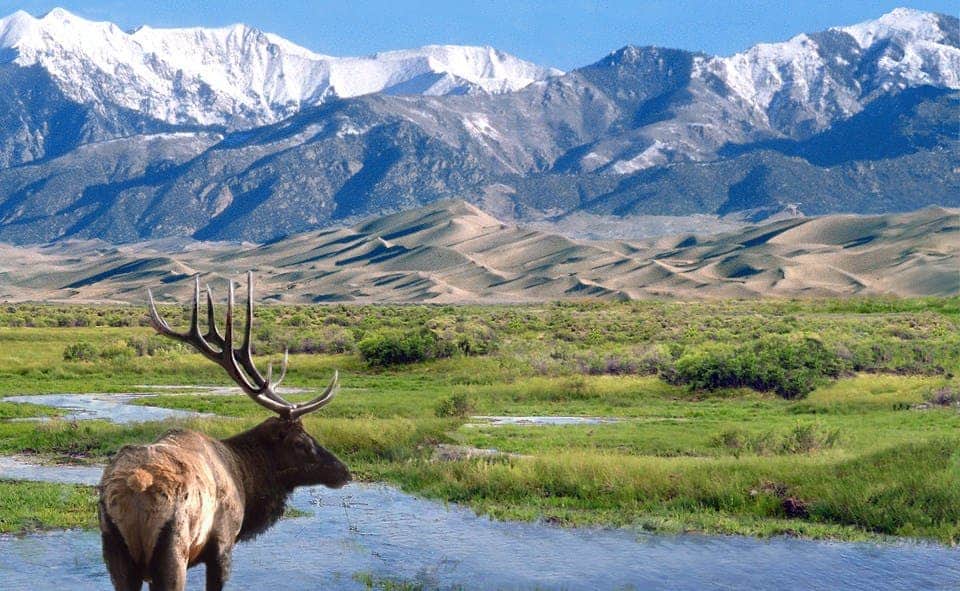Alien invaders are attacking our ecosystems — not from other planets, but from other ecosystems.

It’s not hard to see that natural ecosystems are struggling a lot in this day and age — in fact, it would take a long time to list all the problems mankind is causing. Climate heating is always towards the top of the list, with deforestation, urbanization, and pollution following closely after. Mankind is affecting nature in a multitude of different ways — and oftentimes, these ways are not evident.
A grave threat to many ecosystems all around the world are invasive species. An invasive species is a species that is not native to a specific location, but when brought to this new environment, has a tendency to spread, overcome native species, and cause damage to the environment and/or human activity. Invasive species can be varied and diverse.
A classic example is the Zebra Mussel (Dreissena polymorpha). It travels around the oceans in ballast water (water carried by ships to help them stay balanced while at sea). Kudzu, a plant commonly used in gardens is another great example, spreading far more than anticipated.
In the US, some researchers are particularly worried about the damage invasive species can do in natural parks.
“As Americans, we value national parks for the natural habitats and wildlife they protect, but because of invasive species, some of our native species are struggling or unable to survive, even with the protection of our park system,” says lead author Ashley Dayer, assistant professor of wildlife conservation in the College of Natural Resources and Environment.
Invaders are likely to wreak havoc once they arrive because the National Park Service has no comprehensive plan to deal with invasive species — action must be taken, Dayer emphasizes. But that’s not an easy thing.
“If we don’t take action, native species will continue to struggle due to the invasives. But taking action is no small feat; it requires the commitment and resources of the National Park Service, neighboring lands, and the public.”
Dayer recently assessed this issue in a study published in the journal Biological Invasions. The findings are concerning.
Invasive species can be found in more than half of all national parks. Rats, mussels, and reptiles (including the Burmese python). In the Everglades, pythons have been thriving since the early 2000s, dominating the ecosystem and leading to a quick decline in native mammals like raccoons and opossums. In Virginia, the hemlock woolly adelgid is infesting hemlocks all around the Shenandoah National Park. Hemlocks can live hundreds of years, but the infestation can kill them in a few years.
The problems are varied across different parks in different areas, but the starting point for a solution could be the same: national coordination.
Mark Schwartz, a fellow co-author and professor of conservation science at the University of California-Davis, the complex nature of this problem that calls for such a coordinated and widespread effort.
“Our national parks face a suite of wicked management problems, with the invasive species standing out for the sheer diversity of species, the geographic spread of their impact, the magnitude of the threat, and the complexity of solutions.”
In addition to coordination, inter-park cooperation is also important, as is public engagement. Without public support, there will simply not be enough impetus to support proper protection. Emerging technologies, when used wisely, could also be of great help
“The public can play a key role in helping the parks detect or remove invasive species, pushing for new governmental policies and funding allocations, or assisting through philanthropy efforts,” Dayer said. “In order to make headway, it is critical that the people of the U.S. are engaged fully in determining and implementing the solution to this challenge.”
There are also some positive conclusions from the study: when done properly, these measures can really be successful. Even when it’s not easy, a healthy approach can lead to great success, Schwartz concludes.
“After a false start, Yellowstone regrouped, sought broad public input, and now has an effective program to manage invasive lake trout. Working with the Everglades Cooperative Invasive Species Management Area, the NPS has coordinated with other agencies, tribes, and private parties to control the invasive sacred ibis. More such collaborative efforts are needed.”



